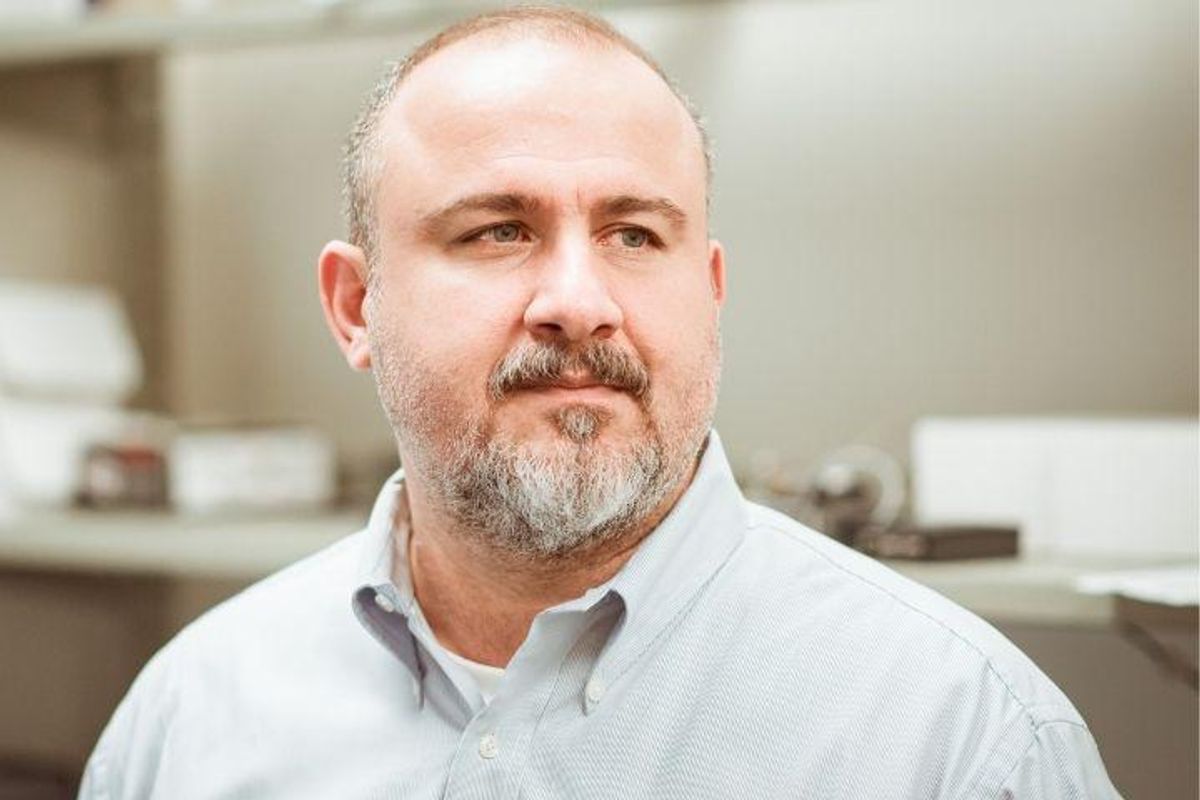brainy med device
University of Houston engineer receives $3.7M to work on seizure-preventing tech
A professor at the University of Houston has received a federal grant aimed at helping stop epileptic seizures before they start.
The BRAIN Initiative at the National Institute of Neurological Disorders and Stroke awarded the $3.7 million grant to Nuri Firat Ince, an associate professor of biomedical engineering at UH. The grant will go toward Ince's work to create a seizure-halting device based on his research.
According to UH, Ince has reduced by weeks the time it takes to locate the seizure onset zone (SOZ), the part of the brain that causes seizures in patients with epilepsy. He's done this by detecting high-frequency oscillations (HFO) forming "repetitive waveform patterns" that identify their location in the SOZ.
Ince plans to use those HFOs to help control seizures. But he first must determine whether the HFOs can be detected with an implantable closed-loop device, enabling delivery of electrical stimulation that can control seizures. The device is called a brain interchange system. A closed-loop system supplies stimulation only when it detects the onset of a seizure.
Ince's neurotechnology partner, Cortec GMBH of Freiburg, Germany, is supplying the brain interchange system. Houston's Baylor College of Medicine eventually will be the site where medical professionals implant the device in pediatric and adult epilepsy patients.
"If the outcomes of our research in acute settings become successful, we will execute a clinical trial and run our methods with the implanted … system in a chronic ambulatory setting," Ince says in a UH news release.
Research published recently in the journal AJOB Neuroscience found that a closed-loop brain implant being used to treat refractory epilepsy does not alter patients' personalities or self-perception.

"Next-generation brain stimulation devices can modulate brain activity without human intervention, which raises new ethical and policy questions," lead author Tobias Haeusermann of the University of California, San Francisco, says in a news release. "But while there is a great deal of speculation about the potential consequences of these innovative treatments, very little is currently known about patients' experiences of any device approved for clinical use."
The study, however, found no evidence that the device Haeusermann and his colleagues studied had changed patients' personalities or self-perception.
Haeusermann and his fellow researchers based their study on a closed-loop device that's currently available. In 2013, the U.S. Food and Drug Administration (FDA) approved this brain stimulation system for treatment of refractory epilepsy. It's the first clinically approved and commercially available closed-loop brain stimulation device for epilepsy patients. Refractory epilepsy occurs when medication no longer controls seizures.
According to a research article published in 2018, epilepsy ranks among the most common neurological disorders, affecting about 1% of the global population. For patients who suffer seizures that cannot be treated with drugs, a frequent treatment is surgical removal of the SOZ.
In this country, about 3 million adults and 470,000 children have epilepsy, according to the U.S. Centers for Disease Control and Prevention, including nearly 293,000 Texans. In the U.S., epilepsy is the fourth most common neurological disorder, preceded by migraine, stroke and Alzheimer's disease, the Epilepsy Foundation of Michigan says.
About 150,000 Americans are diagnosed each year with epilepsy.
Epilepsy is prevalent among people with autism, cerebral palsy, Down syndrome, and intellectual disabilities.
About 30 types of seizure occur among the more than 60 types of epilepsy, the Michigan foundation says. A seizure briefly disturbs electrical activity in the braining, causing temporary changes in movement, awareness, feelings, behavior, and other bodily functions.
Daily medication is the standard treatment for epilepsy, according to the Michigan foundation. Still, 30 percent to 40 percent of people with epilepsy continue to experience seizures.
Each year, U.S. health care costs associated with epilepsy add up to roughly $28 billion, according to the American Journal of Managed Care.
"Most people with epilepsy are able to lead productive and fulfilling lives, but for many, epilepsy can be a devastating condition," the foundation says.
